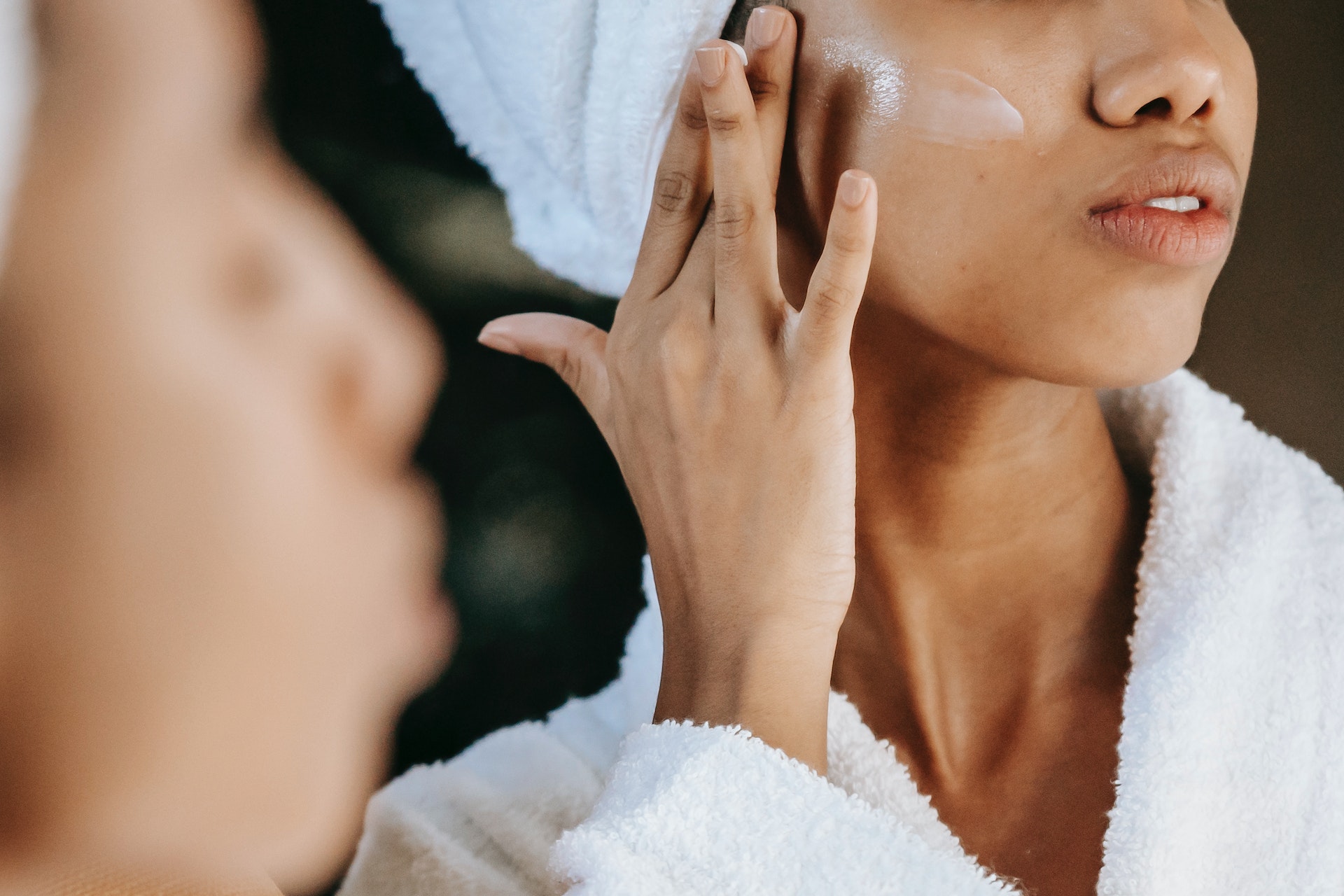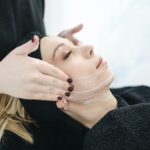How to get Pimple-Free Skin
Everyone wants healthy and clear skin, but unfortunately, pimples and acne can be common and frustrating skin concerns. Pimples are not only unsightly, but they can also affect our confidence and self-esteem. It’s important to understand that pimples are caused by various factors such as excess oil production, hormonal changes, bacteria, and genetics. While it’s not always possible to completely prevent pimples, there are steps you can take to minimize their occurrence and reduce their severity. In this article, we’ll provide you with tips and strategies on how to get pimple-free skin. Whether you’re dealing with occasional breakouts or chronic acne, this article will help you understand the causes of pimples and provide you with practical solutions to achieve clearer, healthier skin.
Tips for Preventing Pimples
- Cleansing the face regularly with gentle products: One of the best ways to prevent pimples is to keep your skin clean. Use a mild, non-comedogenic cleanser to wash your face twice a day, especially after sweating or exercising. Avoid harsh scrubs or exfoliants that can irritate the skin and exacerbate pimples.
Drinking juice is a simple way to boost your metabolism, and here’s how to achieve Pimple-Free Skin.
- Avoid touching the face frequently: Your hands can carry bacteria and dirt, which can transfer to your face and clog pores. Try to avoid touching your face unnecessarily, and make sure to wash your hands regularly.
- Keeping hair away from the face: Oils from your hair can also clog pores and cause pimples. Keep your hair off your face as much as possible, especially when you’re sleeping.
- Avoiding oily or greasy products: Oil-based makeup, moisturizers, and hair products can contribute to pimples. Look for products that are labeled “non-comedogenic” or “oil-free” to minimize the risk of clogging pores.
- Maintaining a healthy diet and drinking plenty of water: What you eat and drink can also affect your skin health. Try to eat a balanced diet with plenty of fruits, vegetables, and lean proteins. Drink at least 8 glasses of water a day to keep your skin hydrated and flush out toxins.
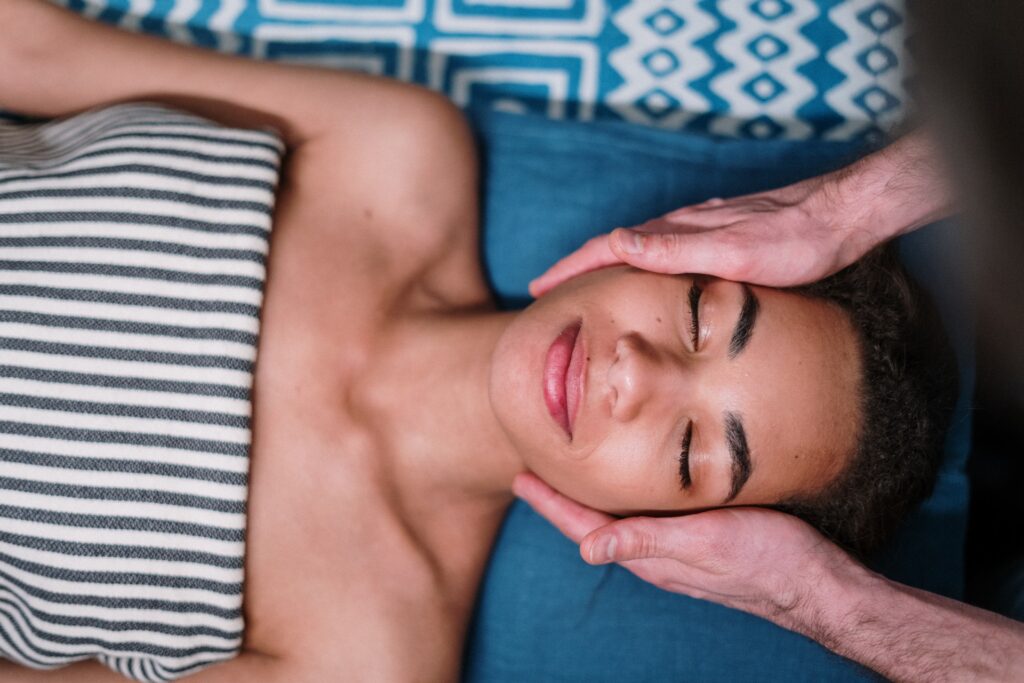
By following these tips, you can help prevent pimples and keep your skin looking its best. Remember to be consistent with your skincare routine, and don’t hesitate to seek advice from a dermatologist if you’re struggling with persistent pimples.
Topical Treatments for Pimples
In addition to preventive measures, there are also various topical treatments that can help to treat and reduce the appearance of pimples. Here are some of the most common options:
- Over-the-counter products: There are a variety of over-the-counter products that contain ingredients such as salicylic acid, benzoyl peroxide, and alpha hydroxy acids (AHAs). These ingredients can help to unclog pores, reduce inflammation, and kill bacteria. Look for products that are specifically designed for acne-prone skin.
- Prescription medications: If your pimples are severe, you may need prescription-strength medications such as topical retinoids, antibiotics, or a combination of both. Retinoids can help to unclog pores and reduce inflammation, while antibiotics can kill bacteria and reduce inflammation.
- Spot treatments: Spot treatments are designed to be applied directly to individual pimples. They often contain a higher concentration of active ingredients and can help to reduce the size and redness of pimples quickly. However, they should be used sparingly and only on active pimples.
Drinking juice is a simple way to boost your metabolism, and here’s how to achieve Pimple-Free Skin.
It’s important to note that not all topical treatments work for everyone, and some may cause skin irritation or dryness. Be sure to follow the instructions on the product and start with a small amount to test your skin’s reaction. It’s also important to be patient, as it may take several weeks to see results. If you’re not seeing improvement, or if your skin becomes irritated, talk to a dermatologist about other treatment options.
Lifestyle Changes to Improve the Skin Health
In addition to preventive measures, there are also various topical treatments that can help to treat and reduce the appearance of pimples. Here are some of the most common options:
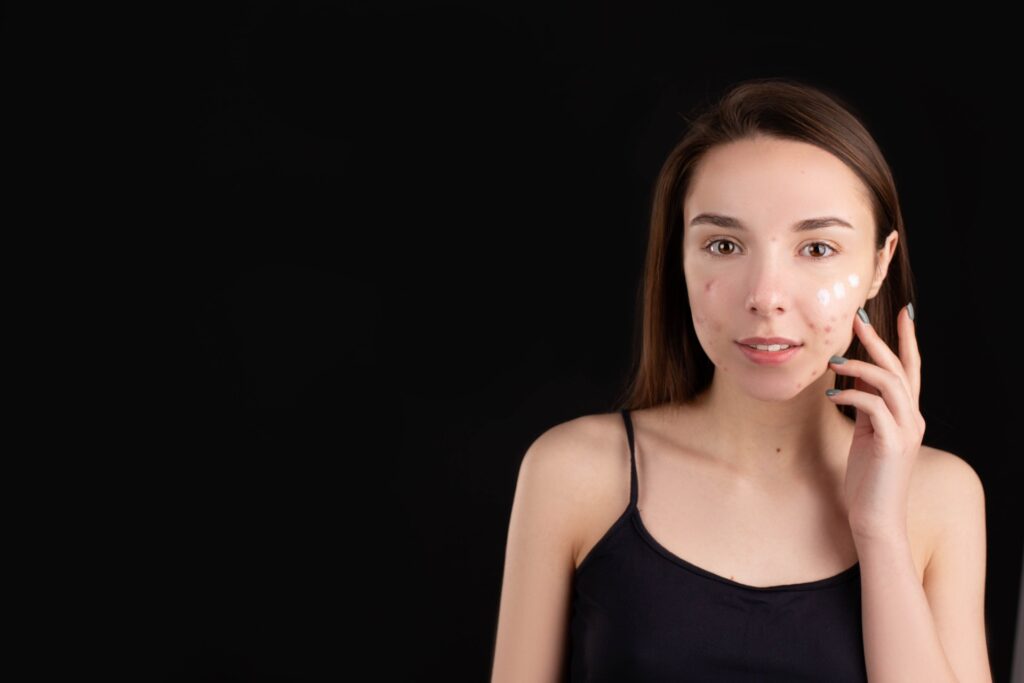
- Over-the-counter products: There are a variety of over-the-counter products that contain ingredients such as salicylic acid, benzoyl peroxide, and alpha hydroxy acids (AHAs). These ingredients can help to unclog pores, reduce inflammation, and kill bacteria. Look for products that are specifically designed for acne-prone skin.
- Prescription medications: If your pimples are severe, you may need prescription-strength medications such as topical retinoids, antibiotics, or a combination of both. Retinoids can help to unclog pores and reduce inflammation, while antibiotics can kill bacteria and reduce inflammation.
In addition to topical treatments, there are also several lifestyle changes you can make to improve the overall health of your skin. Here are some tips to consider:
- Manage stress: Stress can trigger hormonal changes that can lead to acne. Practice stress-reducing activities such as meditation, yoga, or deep breathing exercises to help manage stress levels.
- Get enough sleep: Lack of sleep can also affect your hormones and contribute to pimples. Aim for 7-8 hours of sleep per night to help your skin repair and rejuvenate.
- Exercise regularly: Regular exercise can improve circulation, which can help to deliver nutrients and oxygen to your skin. Just be sure to shower and cleanse your skin afterward to remove sweat and bacteria.
- Avoid smoking and excessive alcohol consumption: Smoking and excessive alcohol consumption can both contribute to skin damage and premature aging. Quit smoking and drink alcohol in moderation to help keep your skin looking healthy.
- Protect your skin from the sun: Sun damage can cause skin aging, sunburn, and even skin cancer. Wear protective clothing and use a broad-spectrum sunscreen with at least SPF 30 when spending time in the sun.
Drinking juice is a simple way to boost your metabolism, and here’s how to achieve Pimple-Free Skin.
By making these lifestyle changes, you can improve the overall health of your skin and reduce the occurrence of pimples. Remember that healthy skin is a reflection of a healthy lifestyle, so focus on taking care of your body inside and out.
Dealing with Acne Scars
Even after pimples have cleared, they can sometimes leave behind scars. These scars can be frustrating and may affect your self-confidence. Here are some options for dealing with acne scars:
Drinking juice is a simple way to boost your metabolism, and here’s how to achieve Pimple-Free Skin.
- Topical treatments: There are several topical treatments that can help to reduce the appearance of acne scars. These may include products that contain retinoids, vitamin C, or glycolic acid. These ingredients can help to increase cell turnover and stimulate collagen production, which can improve the texture and tone of your skin.
- Chemical peels: Chemical peels involve applying a chemical solution to the skin to remove the top layer of damaged skin cells. This can help to improve the appearance of acne scars and promote the growth of new, healthy skin cells.
- Microdermabrasion: Microdermabrasion involves using a special device to exfoliate the skin and remove dead skin cells. This can help to improve the texture and tone of your skin and reduce the appearance of acne scars.
- Laser treatments: Laser treatments use focused light energy to target and remove damaged skin cells. This can help to stimulate collagen production and improve the appearance of acne scars.
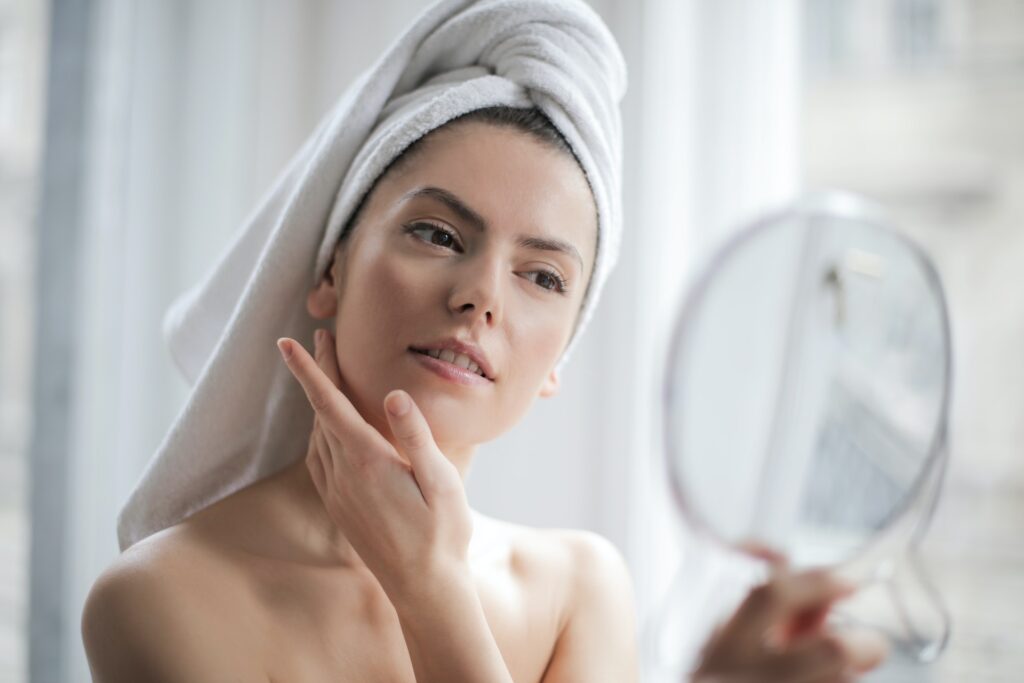
It’s important to note that not all acne scars can be completely eliminated, but these treatments can help to reduce their appearance. Be sure to talk to a dermatologist about which options may be best for your skin type and the severity of your scars.
In addition to these treatments, it’s important to protect your skin from further damage by wearing sunscreen and avoiding picking or squeezing pimples. With time and consistent treatment, you can improve the appearance of acne scars and feel more confident in your skin.
Conclusion
Drinking juice is a simple way to boost your metabolism, and here’s how to achieve Pimple-Free Skin.
Dealing with pimples can be frustrating, but with the right preventive measures, topical treatments, and lifestyle changes, you can improve the overall health of your skin and reduce the occurrence of pimples. Remember to keep your skin clean, use non-comedogenic products, and avoid picking or squeezing pimples.
Apr 21, 2023 4 comments

